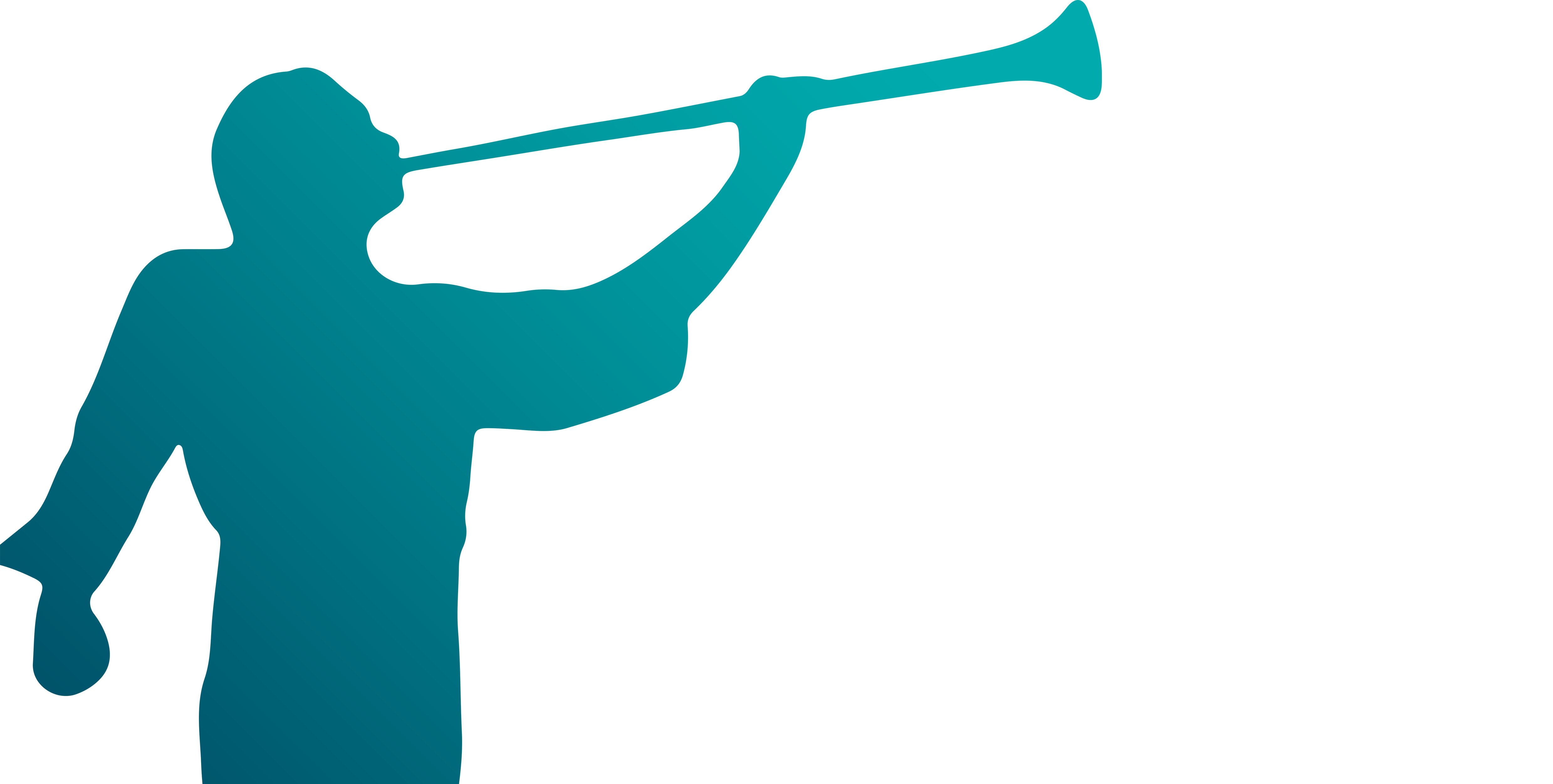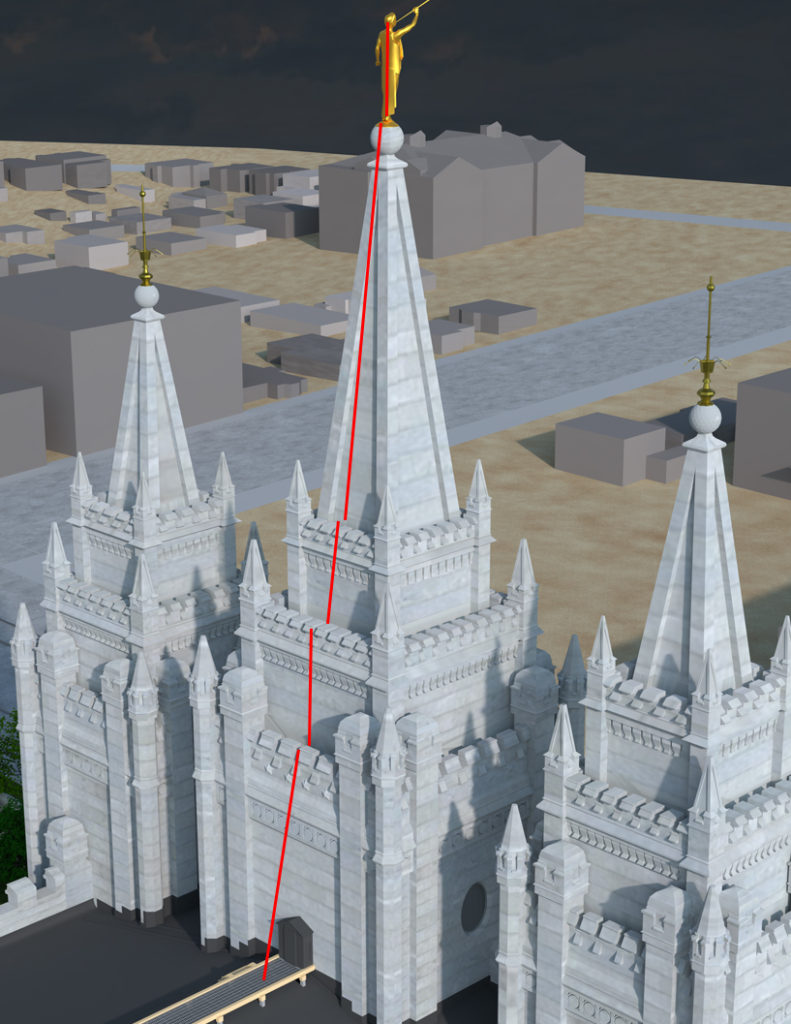
Shoulder Angel
Angel Gets a Shoulder Angel
In 1910 work was progressing on the Hotel Utah, now called the Joseph Smith Memorial Building, just across the street and south of the Salt Lake Temple. The foundation had been laid and I-beams were being placed to form the framework of the new hotel. On 10 April, just after 3 in the morning, an explosion on the North East corner of the construction site shattered the silence, as well as glass of nearby office buildings. One of 2 night-watchmen on the hotel construction site was knocked unconcise by the blast. Some people, up early to view Hailey’s Comet, then making an appearance, thought the comet itself had struck ground. A portion of the Hotel’s iron framework was bent beyond repair. Despite the destruction to nearby property, no one was seriously injured by the blast.
The Hotel contractors had opted for an open-shop policy during the Hotel’s construction. Anyone with experience was welcome to come work on the project. This policy had angered and frustrated the local Iron workers Union, who immediately became the prime suspects in the bombing. They had also been suspected in a smaller explosion a little over 4 months earlier. Head of the International Structural Ironworkers Union, John J. McNamara, denied Union members had anything to do with the events, and offered a $500 dollar reward for information on the event. 2 years later, McNamara himself, along with 2 others, confessed to not only having been responsible for both of these bombs, but dozens more around the nation, including one at the Los Angeles Times which killed 21 people.
Across the street, the temple windows had been spared from the same fate many of the local buildings suffered, however the morning sun showed that the horn on the Angel Moroni Statue had shifted, moving out of Moroni’s mouth, and a further couple of feet. Additionally, the back-and-forth vibration induced by the blast caused the trumpet to develop a slight bend.

The following month, Arthur Smith of New York was contracted to repair the damage to the statue. Smith assembled a team of four experienced climbers, known as steeplejacks, to assist him in the task. Over the next four days, his team would access the temple roof via a larger elevator in the west end of the temple. They would them hall large ladders, some 35 feet, up the side of the temple from the ground with a rope.
Next, they tied the ladders to the east most spire of the temple, working their ways lowly up. On day four, a ladder was attached to the temple from the uppermost parapet of the spire to the Angels granite sphere. From here he manually ascended the back of the sphere, and standing next to the statue, tied one more ladder to the 12-and-a-half-foot statue itself. This last ladder allowed him to climb up the back of the Statue, placing himself on the shoulders and around the head.
The final repair took about 30 minutes. As a curious crowd watched on from below, Arthur worked the horn back to the statue’s mouth and worked to hammer the trumpet straight.
The last of the job consisted of climbing back down, untying ropes and removing ladders along the way. This final segment of the work was accomplished fairly quickly. Smith and his Steeplejacks were each paid the sum of $7.81 per day, or a little over $207 in today’s money.
Chapter 5 Navigation
